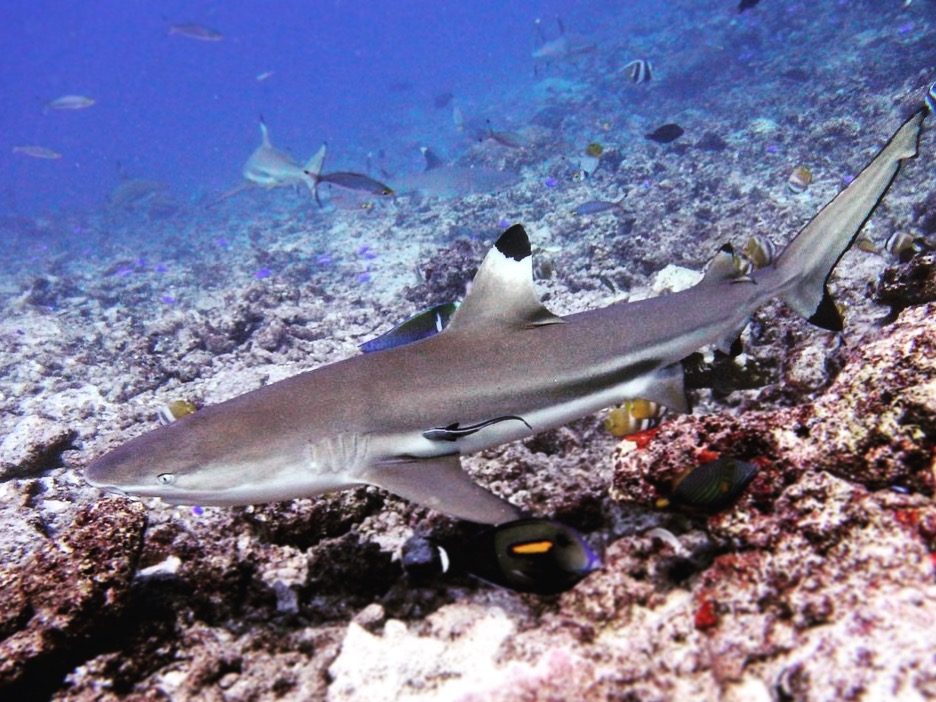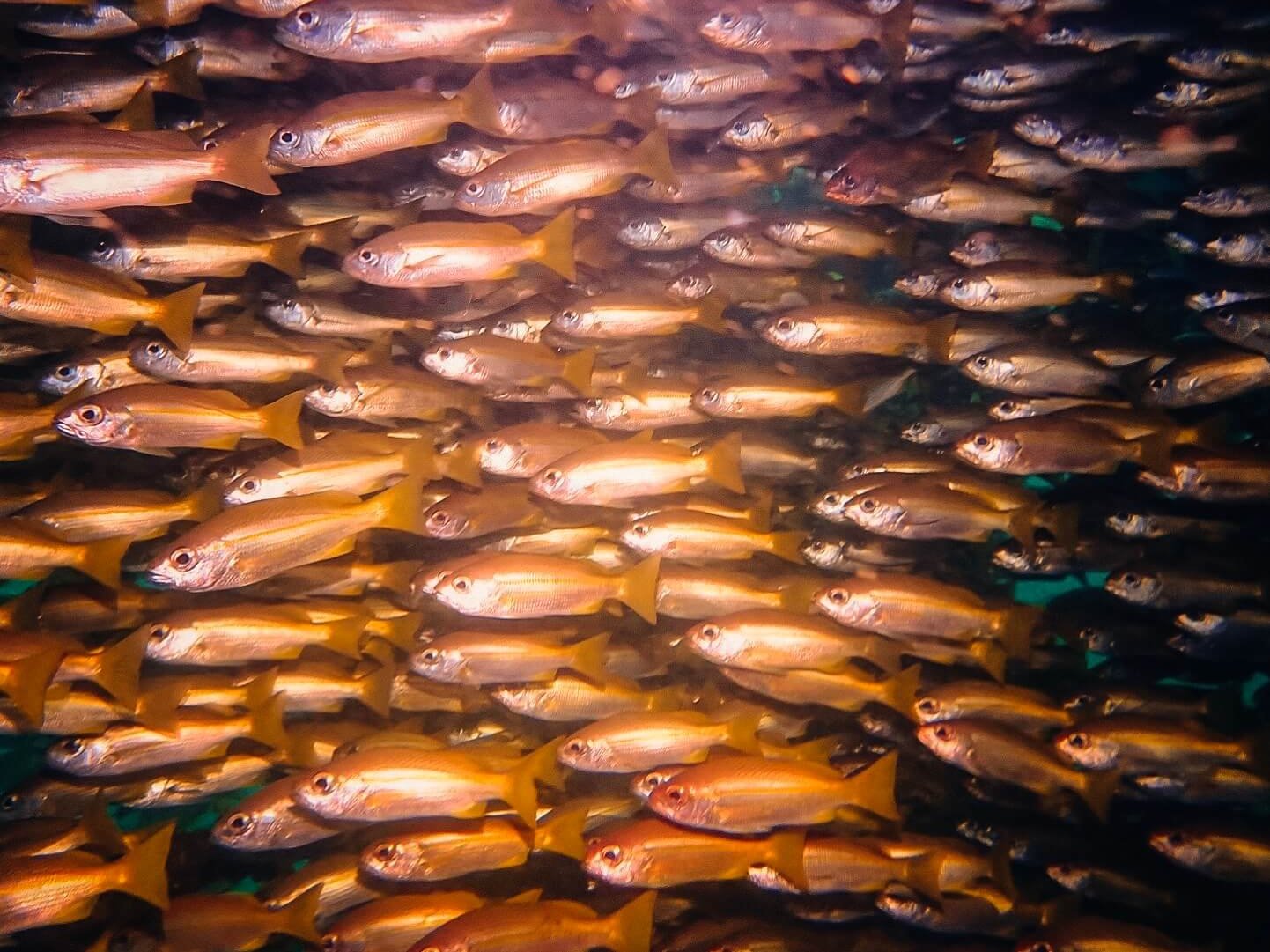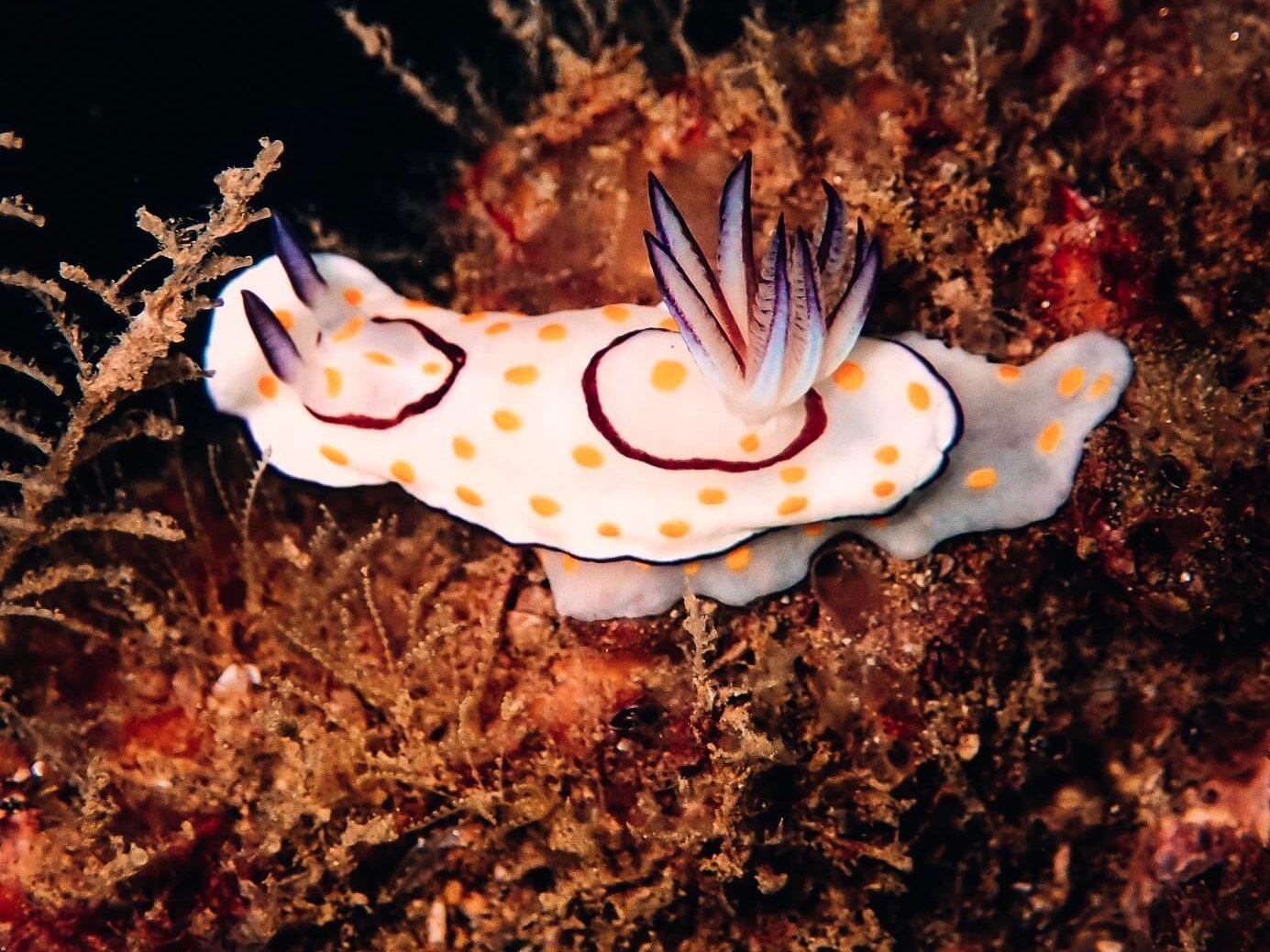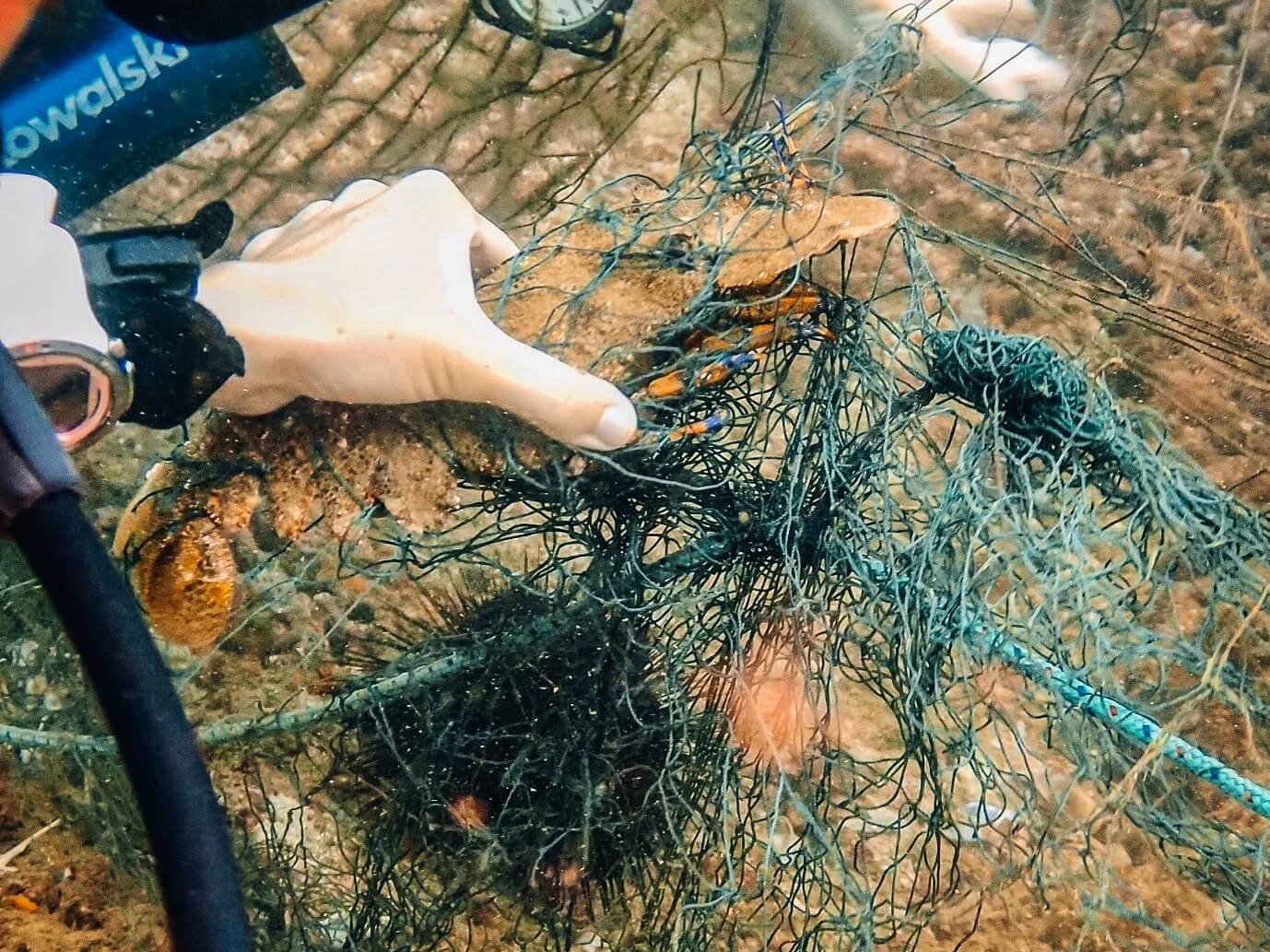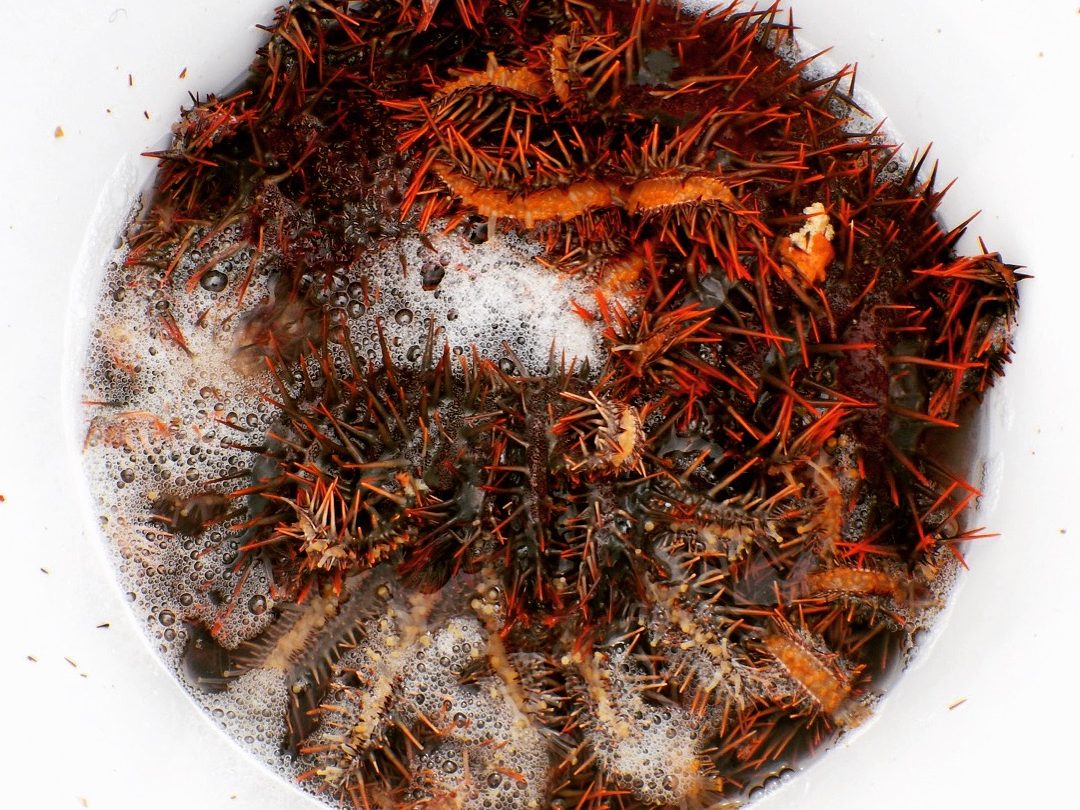
In Roatan we used to spear lionfish. Half of you are probably reading that sentence again, wondering why someone who loves the ocean as much as I do would ever spear something as beautiful as a lionfish. The first time I ever posted a picture of a lionfish at the end of my spear on social media, I received a slew of concerted comments asking why I was killing Nemo. The other half of you may already know that lionfish are invasive in the Caribbean, and are destroying the reefs there. Lionfish don’t belong in the Caribbean, but were introduced there by man around 2009. There are many rumors as to how they got there. An aquarium dumped the fish they didn’t want anymore back into the ocean. Hurricane Katrina brought them in. Whatever the case, they have been eating 70-80% of the juvenile reef fish species that do belong there, and in turn have no natural predators. So the marine ecosystem in the Caribbean is completely out of balance. It’s so bad that scientists have toyed with the idea of introducing another foreign species just to add some balance back in. That almost always turns out to be a bad idea though. But that’s another discussion. Now I’m going off track, or chasing rabbits as Fletch says.
For us divers, invasive lionfish meant going out and spearing as many lionfish as we could with every spare afternoon that we had, and we had a blast doing it. Next time you are in the Caribbean, be sure to eat some lionfish. They are delicious. And you are helping the reefs by increasing the demand for these fish.
Here on this side of the world, the lionfish are no threat, but there are other dangers at bay. There is a species of starfish known commonly as the crown of thorns. They are not invasive, so of course if the ocean was left alone, they would be just another part of the ecosystem. People don’t leave the ocean alone though, we extort it in every way we can. Humphead, or Napolean wrasse are known predators of COTs, but those are very large fish, large enough to feed a village, or look badass in a fisherman’s photo (tragic). So they have been overfished and sold on the black market to the point that now they are endangered. Triton’s trumpet is a species of snail that is also one of the only known predators of the COT starfish, but they live in very large, beautiful shells, shells that catch a lot of money in souvenir shops, and so unfortunately you never see any of them alive either. In fact, I just saw my first live one today, after a year in Fiji. Giant Clams may feed on the larvae when crown of thorns breed, but these days the Chinese are on a carved-clamshell-as-a-status-symbol kick, and giant clams are disappearing overnight from all over southeast Asia. Entire farms, gone. (You can read about this disturbing new trend here.) That leaves this horrible, spiny, venomous, starfish that looks like the spawn of your worst nightmares with no predators. COTs eat coral. In small amounts that’s no big deal, but with nothing to control the COT population, they devour all the coral and leave decimated reefs in their wake.
| Crown of thorns |
| Crown of thorns feed on coral polyps, which is the living part of the coral that gives it its color. After they feed, nothing but the white skeleton is left. |
Sometimes people decide to do a good deed without doing their research first. The logical conclusion to what I just told you is to kill some of the crown of thorns starfish, right? So people go out and spear them. This is the worst possible solution because if the starfish is ready to spawn, killing them causes them to release up to 10,000 eggs. So next people decide to start collecting them in a bag as they go, and bring an entire bag of the coral-cullers up to the surface. Once again, this is a bad idea. Allowing a bunch of the starfish to sit wedged together like sardines can cause them enough stress to spawn if they are ready. So the best solution is to remove them one by one and bake them in the sun.
There is a dive site here called Seven Sisters where someone has obviously tried to spear all the crown of thorns. When Fletch first arrived on Mana Island back in August, it was his favorite site. By the time I arrived in October, there was nothing left of the site except for hundreds of crown of thorns splattered across the seven pinnacles that give the Seven Sisters its name. Any more than 30 of the starfish per square hectare is considered an infestation. And we were seeing hundreds, during the daytime, when they are not as active.
| Don’t worry, my hand is on a rock. |
Since the crown of thorns have to be brought up to the surface individually, and you can’t go up and down to that extent on scuba, we tried collecting them while freediving for a while. This was a very slow process as it was difficult to see them from the surface, and we were spending the majority of our dives just looking for them. So Fletch devised a clever plan. We would send a buddy team down on scuba, they would carry kitchen tongs to pick the crown of thorns up with (oh yeah, the spines on the crown of thorns contain saponins, a toxic substance that is very painful to humans). Fletch and I would be waiting at the surface with clean tongs to swap out with. When a diver had a starfish, they would wave to us at the surface, one of us would dive down, swap out the COT for a fresh set of tongs, and bring the pest up to the surface where we would have a big floating bucket waiting to deposit them into.
In the course of an hour dive, we can fill up a 10- or 15-gallon bucket (I have no idea what the size of this thing is) with about 50-60 crown of thorns. The first batch we brought back we tried burning with the garbage. That warranted complaints from everyone in the village as it stunk for days and days afterwards. Fletch and I both felt really bad. It did reek something terrible. Not only that, but the COTs didn’t burn. The trash would literally burn all around them while the spiny things were unharmed. Talk about a resilient creature. Someday in the near future our oceans will be nothing but jellyfish, lionfish, and crown of thorns. I suppose those things will only die out when there is nothing left to feed on.
| A bucket full of crown of thorns. The foam is from the saponins, which have detergent-like properties. |
Now we burry the crown of thorns in the graveyard. I thought it rude to the deceased to cover them in a bunch of nightmarish ocean spawn, but in some cultures, any living thing deserves the respect of being buried in the graveyard, and that was where the resort manager told us we could dig a hole. The only thing we cared about was that they were above the tide line, so that they could never return to the ocean. Good riddance.




